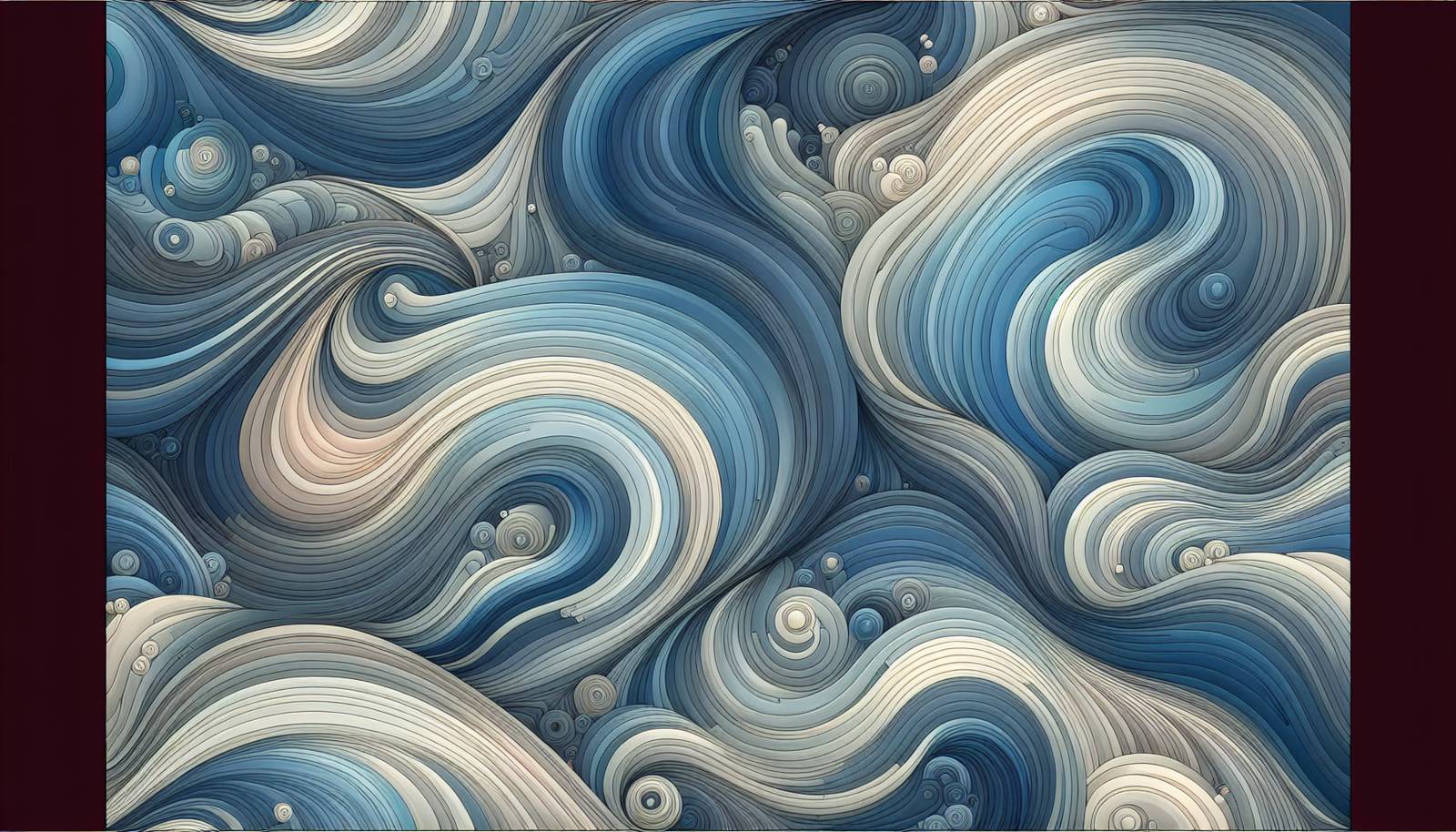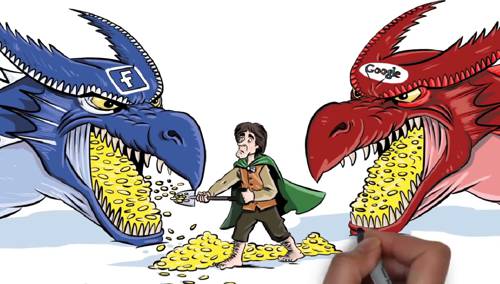
FAQ About The Evolution of Animation Techniques in Film and TV

What are the key stages in the evolution of animation techniques in film and TV?
The evolution of animation techniques can be broadly divided into several key stages. First, the era of traditional hand-drawn animation emerged in the late 19th and early 20th centuries, characterized by manual drawing of each frame. The second stage saw the development of stop-motion animation using physical models and objects, popularized in films like "King Kong" (1933). The third stage involved the use of cel animation, whereby drawings were transferred onto transparent sheets to streamline production, famously employed by Disney. The fourth stage was marked by computer-assisted animation, starting in the late 20th century, which paved the way for the creation of CGI (Computer-Generated Imagery) that dominates today’s industry. Each of these stages contributed to advances in storytelling and the expansion of creative possibilities.
